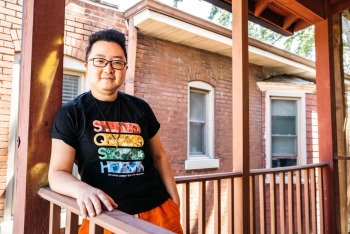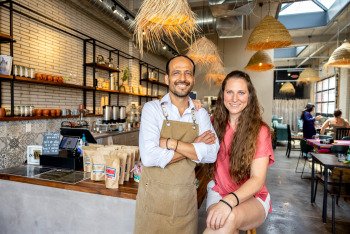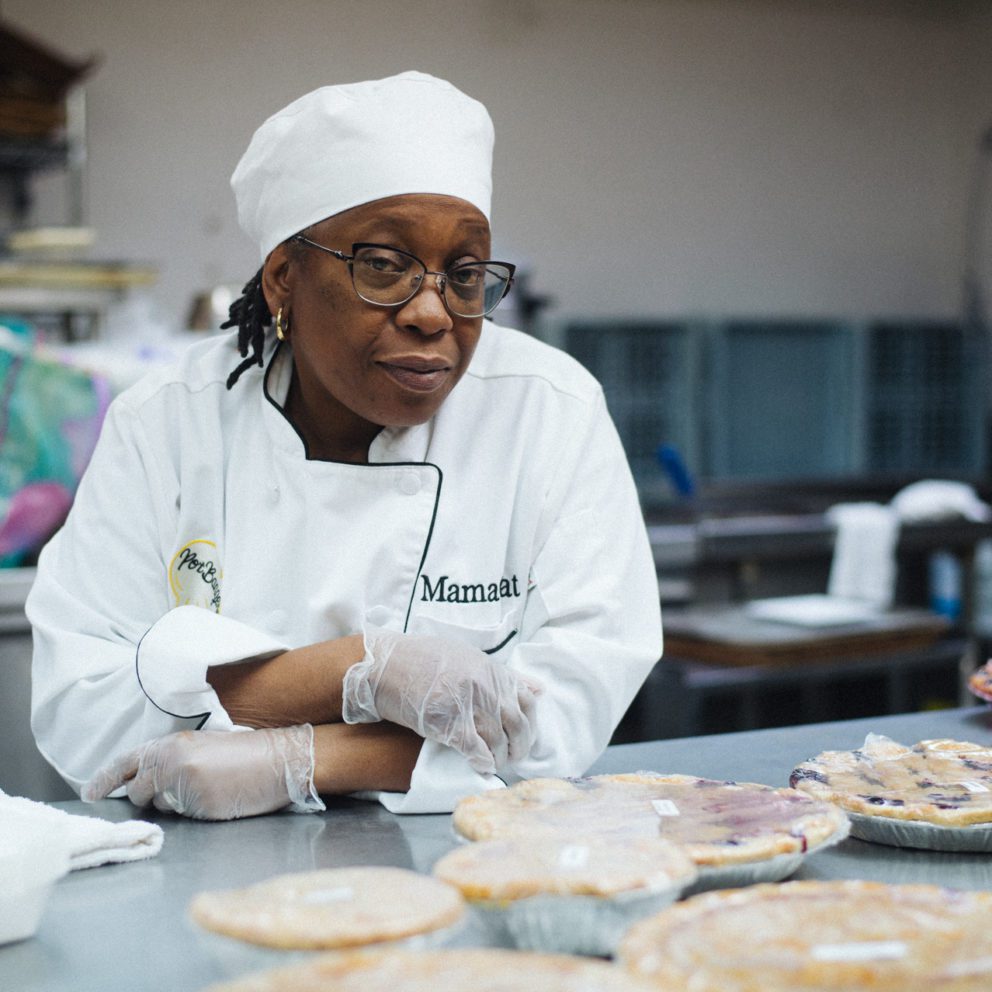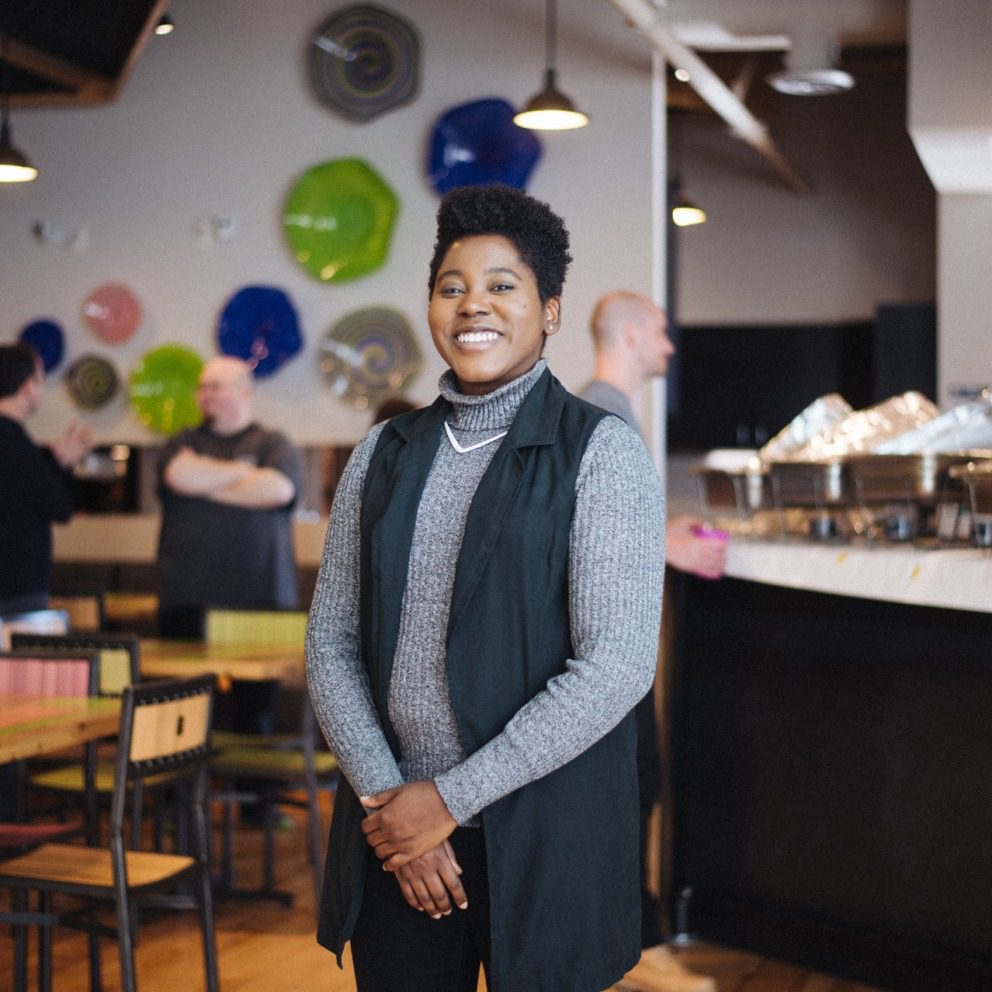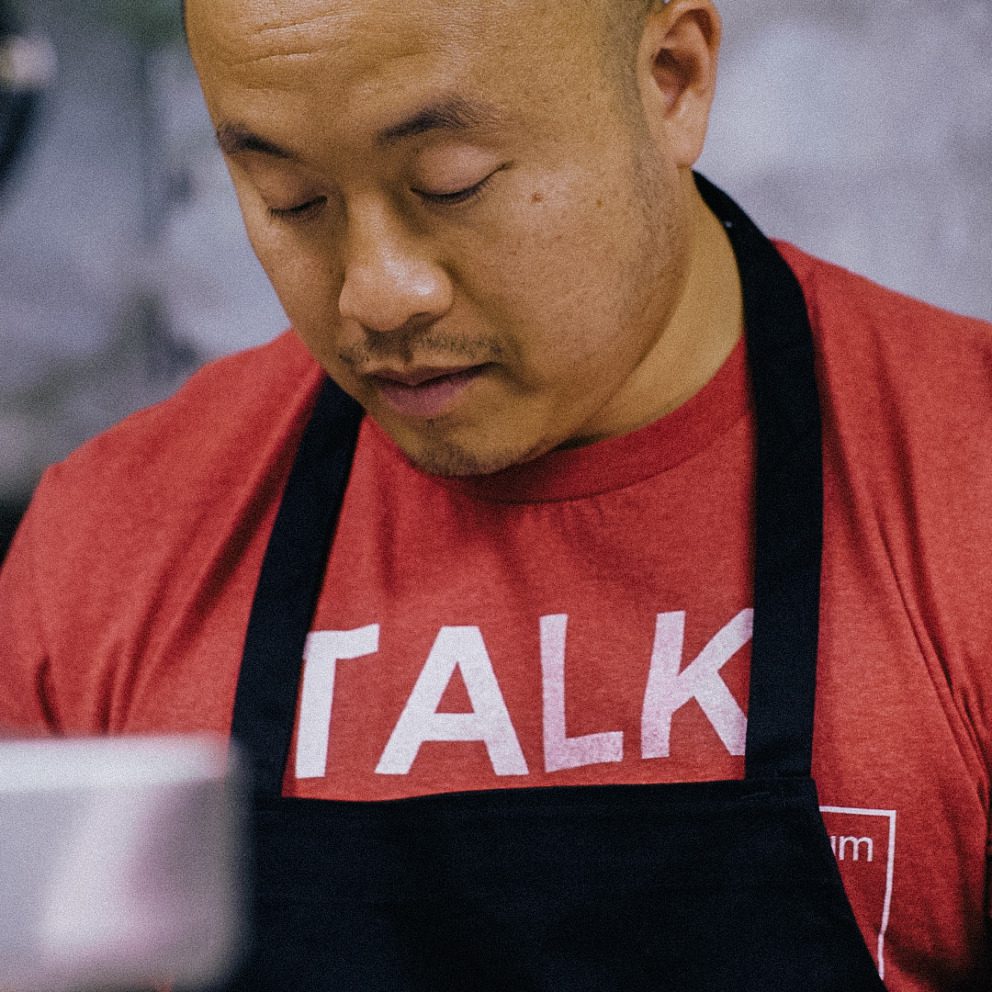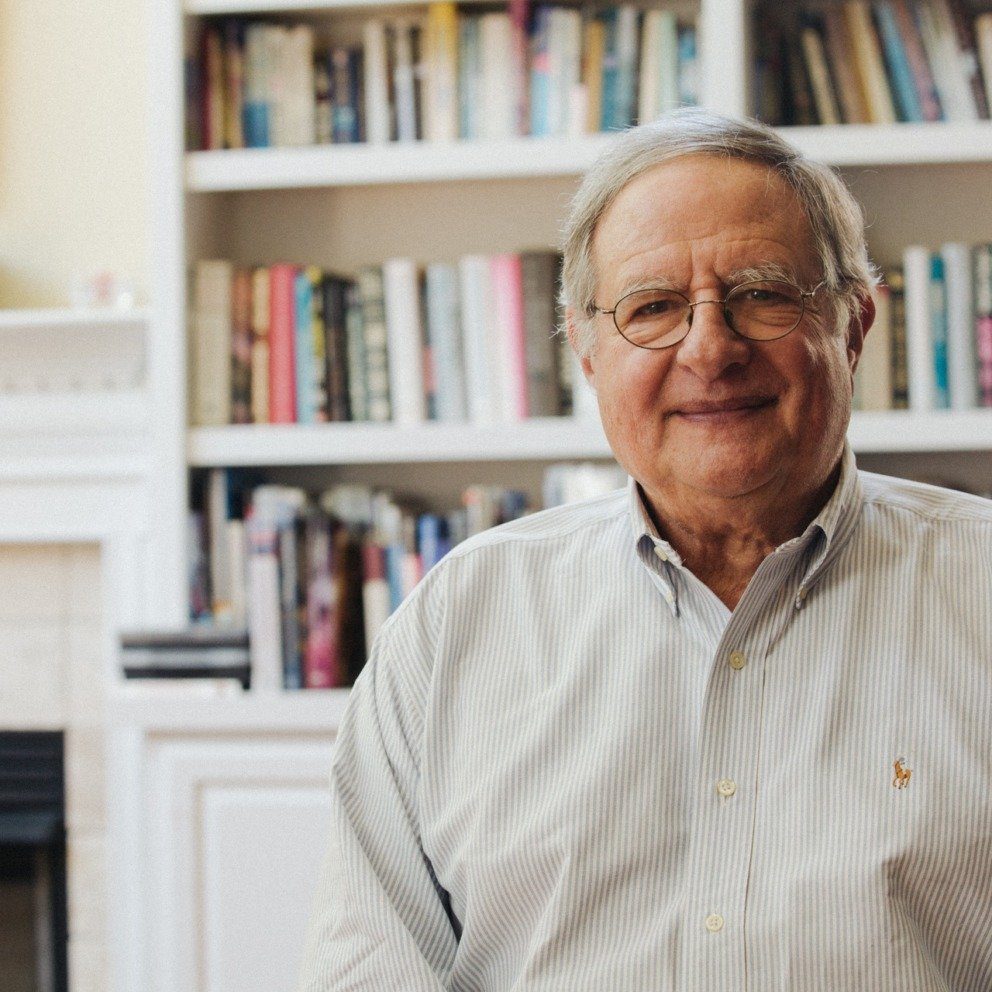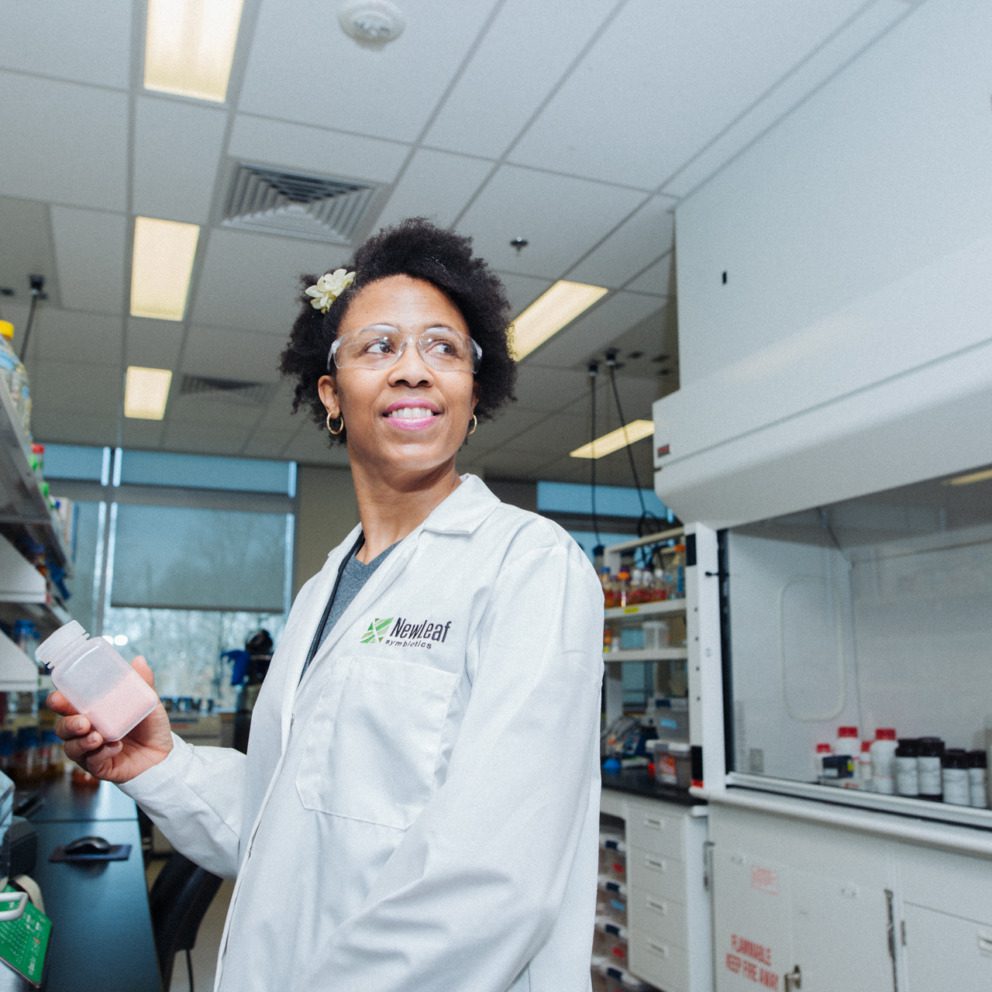Feeding St. Louis
Local food assistance organizations are gaining national recognition for their commitment to education and action.
St. Louis routinely is noted as one of the most charitable cities in the United States, so it’s no surprise that local hunger relief efforts have been attracting attention lately. A recent MSN article ranks St. Louis Area Foodbank and Feed My People among the top 40 foodbanks in the United States.
Recognizing the numerous ways food insecurity manifests locally, St. Louis organizations are working hard through education and action towards the goal of a healthier region where no one goes to bed hungry. It’s understanding this fuller picture of hunger in the region that pushed MSN to peg St. Louis Area Foodbank at number 6 and Feed My People at number 34 on its national list.
Many Americans worry about where their next meal will come from, due to low income, medical emergencies, housing costs and more. According to the USDA, food insecurity is defined by households that “were uncertain of having, or unable to acquire, enough food to meet the needs of all their members because they had insufficient money or other resources for food.”
“Hunger can affect anyone,” says Ryan Farmer, St. Louis Area Foodbank’s director of marketing. “Whether it’s a job loss, a sick parent or child, or a natural disaster like the floods we saw over the summer, we’re all one life event away from needing food assistance.”
St. Louis Area Foodbank serves as the region’s largest food distribution charity, fighting hunger across 26 counties in Missouri and Illinois. In 2018, its dedicated partnership with more than 500 hunger-relief programs brought more than 37 million meals to over 392,000 people living in food-insecure homes.
“You’ve got a situation where the cost of food has continued to rise, but wages haven’t risen to the same level,” Farmer notes. Choosing whether to pay the rent or a medical bill over feeding your family is harmful to not only the individuals, but also to the development of the nation, he adds.
Feed My People is one of the hunger-relief programs working in conjunction with St. Louis Area Foodbank to feed the region. The large Christian-run non-profit serves south and southwest St. Louis County as well as northwest Jefferson County, and in addition to job counseling and housing programs, strives to meet the nutritional needs of the community thanks to partnerships with local grocers and farmers.
“Twenty years ago, we never had two semi-trucks coming in a week from retail drop-offs,” recalls Tim West, site manager of Feed My People in St. Louis County. “A lot [of our community] do want to eat healthy. The healthy stuff you get at the grocery stores is more of a cost to them, and it’s money that they don’t have.”
When organizations like St. Louis Area Foodbank and Feed My People work together, they’re able to help local residents more fully understand food insecurity and provide them with easier access to healthier food. In addition to food sourcing, St. Louis Area Foodbank utilizes a full-time registered dietician to help individuals make healthier, nutritious decisions in the kitchen, often offering recipes that use the produce they provide. The organization also educates people about qualifying for SNAP (Supplemental Nutrition Assistance Program) benefits.
Many local and national organizations are advocating for policy changes and partnerships that could help alleviate hunger on a grand scale, but both Farmer and West stress that simultaneously, hunger is an issue that compassionate individuals can help with at the ground level. Data shows that one in six St. Louisans struggle with hunger, so volunteers who stock food pantries, host food drives or attend fundraisers are vital.
West strongly encourages individuals and groups to become involved at one of the food pantries throughout the St. Louis region. In addition to Feed My People and St. Louis Area Foodbank, popular locations include Harvey Kornblum Jewish Food Pantry in Creve Coeur, Riverbank Community Foodbank in Alton, Sts. Joachim & Ann Care Service in St. Charles and Wesley House Association in Penrose.
Food from pantries helps stock kitchens, but food deserts — areas without easy access to fresh, affordable food — also contribute to hunger. Luckily, St. Louisans are helping on that front, too. LinkMarket utilizes 65 local farmers and 200 community gardens to provide affordable, healthy groceries along popular commute routes while also engaging the community and researching long-term solutions to hunger. St. Louis Metro Market, a bus-based store that drives through St. Louis’ food deserts, also heads to where the people are; it’s often parked at health clinics, libraries and community centers for an easy-access way to pick up low-cost produce. And for those without a kitchen or home, Cathy “MamaCat” Daniels and her PotBangerz group cooks and delivers hearty, nutritious meals to local unhoused communities.
Farmer hopes that residents of the St. Louis region will continue to donate food and time at high levels so that more people can enjoy a life without hunger.
“I see the reaction when you’re able to provide food to individuals that need it, the hope that food provides for people that maybe tomorrow is going to be better than today,” Farmer says. “When the region as a whole is better fed, it’s a more productive community, it’s a more vibrant community, and we feel grateful that St. Louis is such a giving community.”
Join the Story
- Volunteer at St. Louis Area Foodbank or Feed My People.
- Donate to food efforts in Missouri or Illinois.
- Read about MamaCat’s mission to feed the local unhoused community.
- Learn how St. Louisans are getting jobs that feed the world.


